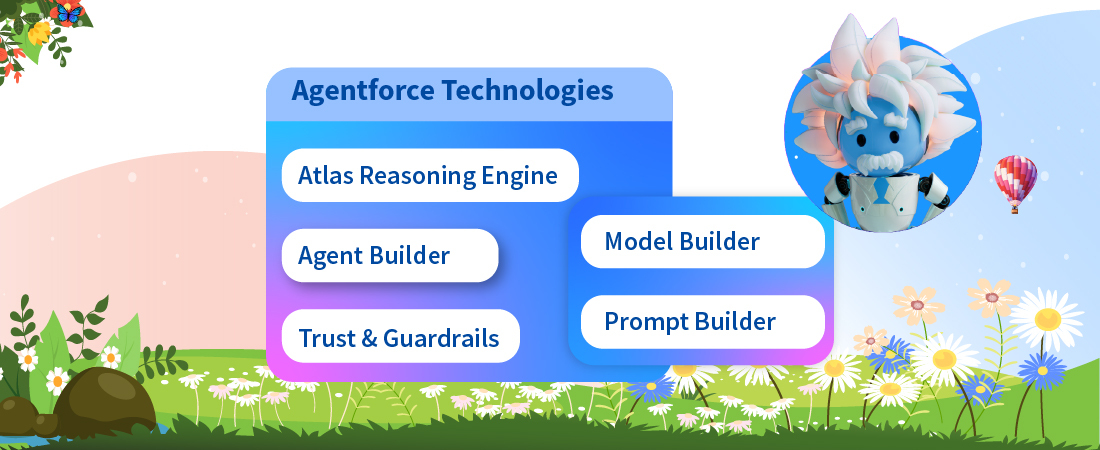With Salesforce App Economy moving towards the Trillion dollar mark, it is important for Independent Software Vendors to operate in this domain. From technological to marketing support, Independent Software Vendors (ISV) stand to benefit to a great extent through integration with Salesforce. Under Salesforce’s extensive partner program, ISVs get access to a wide set of tools, resources, and training. This program has two categories – ISVForce which depends on the core Salesforce technology and OEM which doesn’t use Salesforce technology. A vendor must assess their position in this program and assess the costs and benefits related to it before integrating with Salesforce.
There are several means through which an ISV can integrate with Salesforce –
- Self-Hosted Custom Integration Adapter – This is a self-developed and hosted software that allows two-way communication between Salesforce and the software.
- com Based Integration – This is similar to custom integration, but the major difference is that it is hosted and developed on a Salesforce server rather than your own.
- APIs – A connected app is used to integrate an application using APIs. It uses standard SAML and OAuth protocols as authentication and also allows administrators to implement several security policies to control the usage of corresponding applications. There are three major types of APIs that can be used to integrate with Salesforce – REST, SOA, and Bulk API
Let’s take a look at some key points ISVs must keep in mind when integrating with Salesforce.

Development Efforts
A self-hosted custom integration adapter requires the maximum amount of development efforts as developing, maintain, hosting, and scaling has to be done on your own servers. Configuration and release on Salesforce are easier and faster. Force.com based integration requires less effort as the development and deployment is performed on Salesforce servers and using Salesforce tools. Customising your app for AppExchange requires some efforts but is highly beneficial for you and the end users. API and cloud-based integration is usually easier, but it depends on the complexity of the APIs used. This approach is more suitable for ISVs with a small customer base as integrating through APIs requires developing custom apex code.
Flexibility and Scaling
The most flexible method for integration is self-hosted as the entire development has been done at your end but scaling might be an issue as technical expertise may be needed for re-configuration. Force.com also allows for easy updates and scaling apps. The only obstacle is the review process of AppExchange. The flexibility of APIs again depends on the complexity of the API used and scaling is easy but there are certain limits imposed by Salesforce on APIs.
Revenue and Cost
The costs and revenues of self-hosted custom integration vary from user to user as the task of developing and promoting it is the vendor’s responsibility. Forcedotcom based integration is slightly costlier as it requires it is subject to higher security standards on Salesforce. However, the revenue generation capacity is greater as it is listed on the AppExchange, a highly popular platform. APIs are the cheapest to develop but their revenue generation capacity is limited since it has to be deployed on every individual instance manually and due to Salesforce limits.
Salesforce is a highly useful platform that offers ISVs a wide range of opportunities and resources for their success. It is the platform you need to take your software to the global stage.






